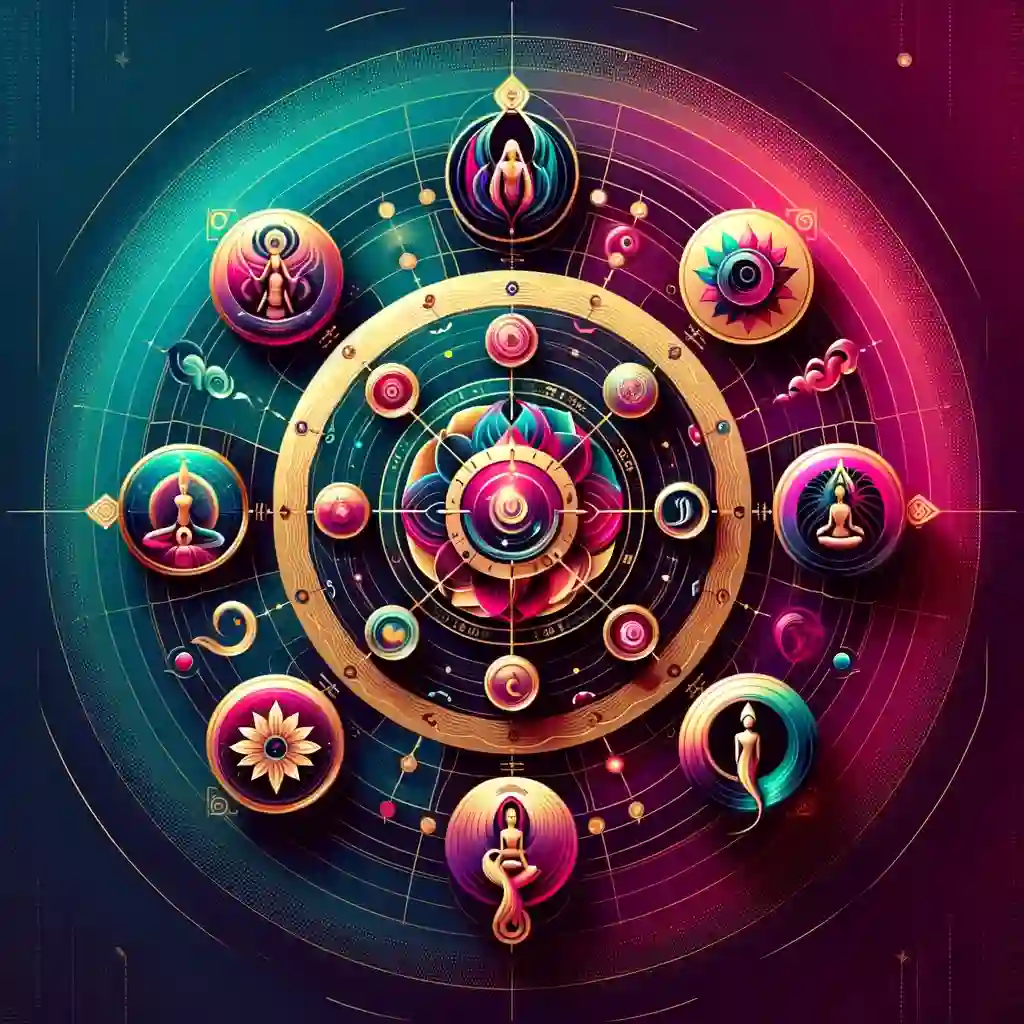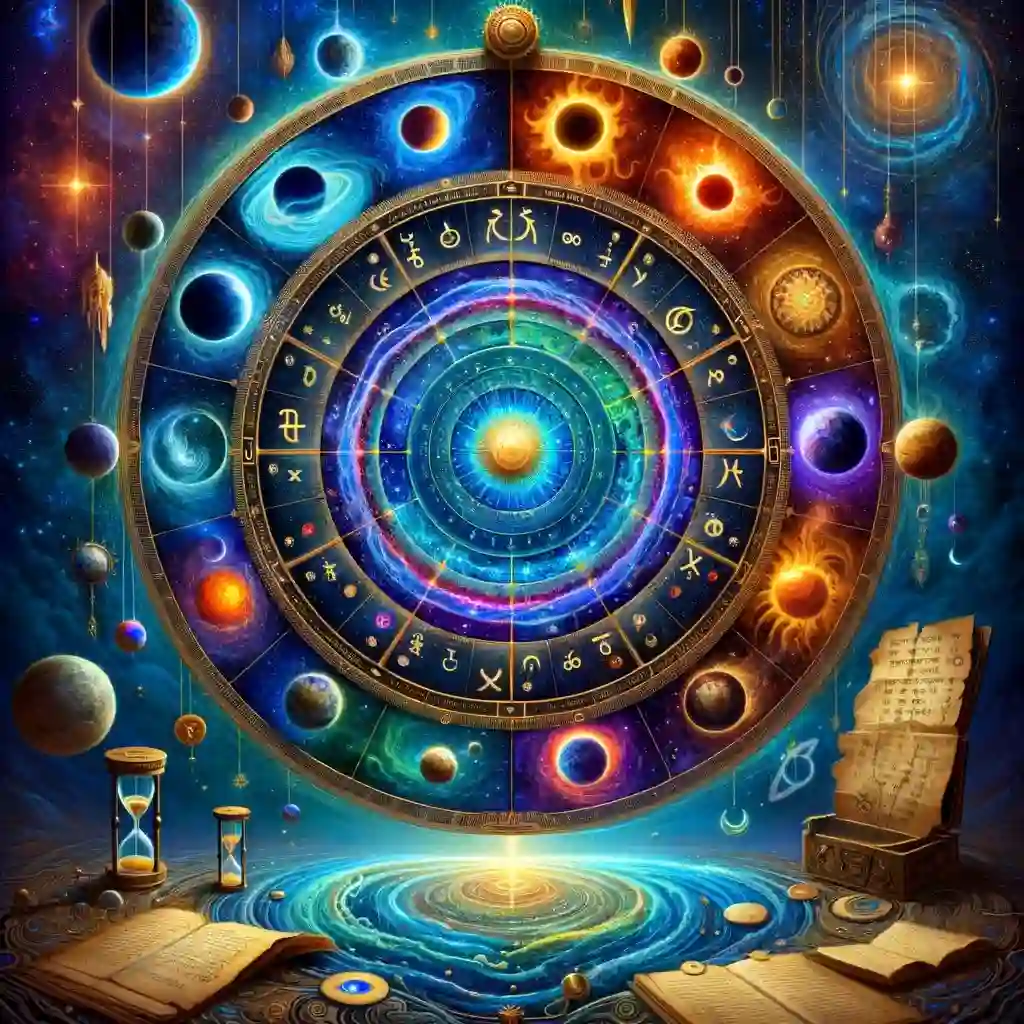In the celestial orchestra of Vedic astrology, Yogini Dasha stands out with its unique rhythm and nuanced interpretation of life’s unfolding events. Rooted in the ancient wisdom of the sages, this predictive system is revered for its simplicity and effectiveness, particularly in assessing the timing of significant life milestones. This blog post delves into the mystical realm of Yogini Dasha, exploring its origins, principles, and the profound insights it offers into the dance of destiny.
Unraveling the Mystique of Yogini Dasha
Yogini Dasha, often associated with the divine feminine energies, is a lesser-known yet potent dasha system in Vedic astrology. Unlike the more prevalent Vimshottari Dasha, Yogini Dasha is based on a shorter cycle of 36 years, divided among eight Yoginis or divine feminine aspects, each ruling a specific period and imparting their unique influences on an individual’s life journey.
The Origins and Foundations
The origins of Yogini Dasha can be traced back to ancient Vedic texts, where it was used by sages to gain deeper insights into human life and destiny. The system is grounded in the belief that the Yoginis, representing different facets of the divine feminine, guide and influence the soul through its earthly sojourn, marking periods of transformation, challenge, and growth.
The Eight Yoginis and Their Significance
Yogini Dasha is divided into eight segments, each governed by a Yogini, with each period having a specific duration and characteristic influence:
- Mangala (1 year): Initiates the cycle with energy and activity, often bringing about significant changes and new beginnings.
- Pingala (2 years): Focuses on the accumulation of wealth, material gains, and the pursuit of comforts.
- Dhanya (3 years): Brings blessings, abundance, and fertility, enhancing prosperity and well-being.
- Bhramari (4 years): Represents transformation and change, sometimes through upheaval or travel.
- Bhadrika (5 years): Associated with stability, growth in career, and strengthening of relationships.
- Ulka (6 years): Indicates sudden events, challenges, or disruptions that lead to growth and renewal.
- Siddha (7 years): Marks a period of spiritual growth, self-realization, and the attainment of wisdom.
- Sankata (8 years): The longest period, often bringing tests and trials that ultimately lead to liberation and enlightenment.
Calculating and Interpreting Yogini Dasha
The calculation of Yogini Dasha begins with the position of the Moon in the natal chart, specifically its Nakshatra or lunar mansion. Based on this position, the sequence of Yoginis and their dasha periods are determined, setting the stage for a detailed analysis of the unfolding life chapters.
Interpreting Yogini Dasha involves understanding the themes and influences of the active Yogini, along with the planetary positions and aspects in the natal chart. This synthesis offers valuable insights into the opportunities, challenges, and lessons that each Yogini period brings.
The Practical Applications of Yogini Dasha
Yogini Dasha finds its application in various aspects of life, offering guidance and foresight in matters such as:
- Personal and Spiritual Growth: Revealing periods conducive to self-discovery, healing, and spiritual evolution.
- Relationships and Family Life: Highlighting phases of harmony, challenge, or transformation in personal relationships.
- Career and Professional Development: Indicating times of advancement, change, or reevaluation in one’s professional life.
Embracing the Wisdom of Yogini Dasha
Yogini Dasha invites us to embrace the rhythms of life with grace and awareness, attuning to the divine feminine energies that guide our journey. By understanding the influence of each Yogini, individuals can navigate their path with greater clarity, making informed choices that align with the cosmic flow. In the intricate dance of destiny, Yogini Dasha serves as a beacon of light, illuminating the way through the cycles of growth, challenge, and transformation, and reminding us of the ever-present guidance of the divine feminine.


